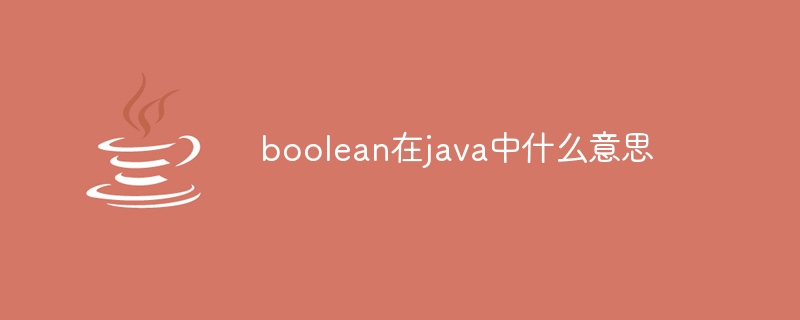
The "boolean" data type in Java represents two states of true and false, and can only store "true" or "false"; it is used to control program flow, perform comparisons, and determine conditions.

boolean represents the Boolean data type in Java
The Boolean data type, also known as Boolean value, in Java is used to represent two states: true or false. It is a basic data type and can only store two values: true or false.
Purpose:
The boolean data type is commonly used to control program flow, perform comparisons, and determine conditions. Some common uses include:
Value range:
The boolean data type can only take two values: true or false. These values represent true and false respectively.
Default value:
The default value of boolean variables when declared is false.
Operators:
Java provides the following operators for Boolean values:
Conversion:
The boolean data type can be converted to other data types such as int and String. Here are some common conversions:
true converts to 1, and false converts to 0. true is converted to "true", and false is converted to "false". Example:
The following is a Java code example using the boolean data type:
<code class="java">boolean isTrue = true;
if (isTrue) {
System.out.println("条件为真");
} else {
System.out.println("条件为假");
}</code>Output:
<code>条件为真</code>
The above is the detailed content of What does boolean mean in java. For more information, please follow other related articles on the PHP Chinese website!




